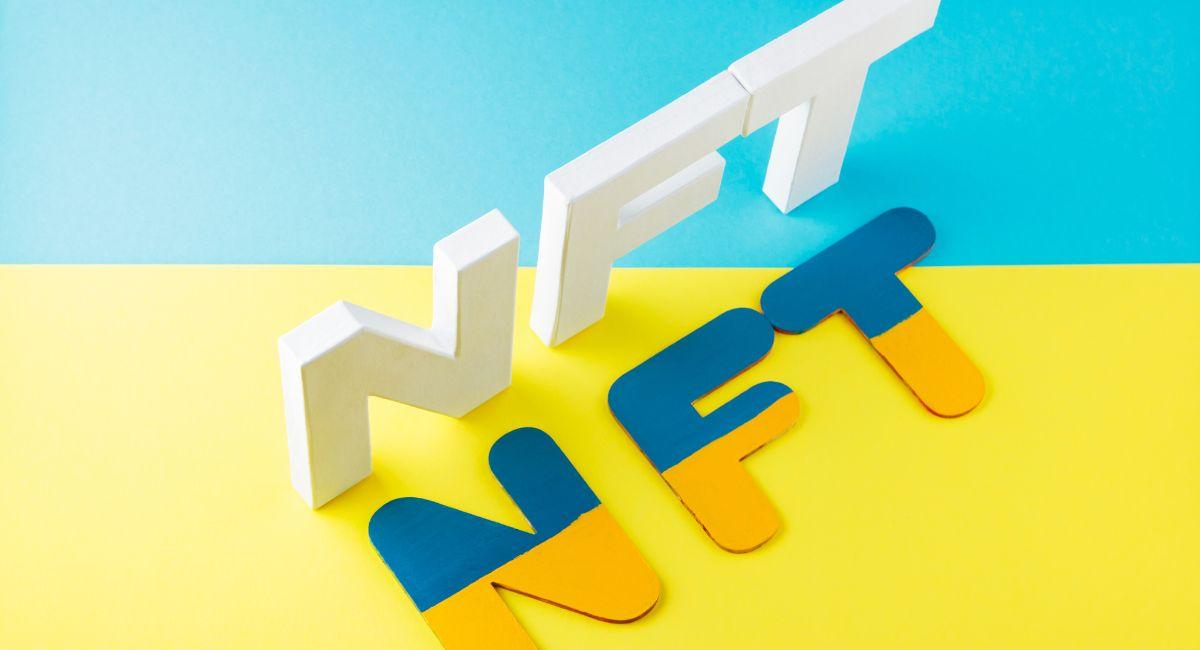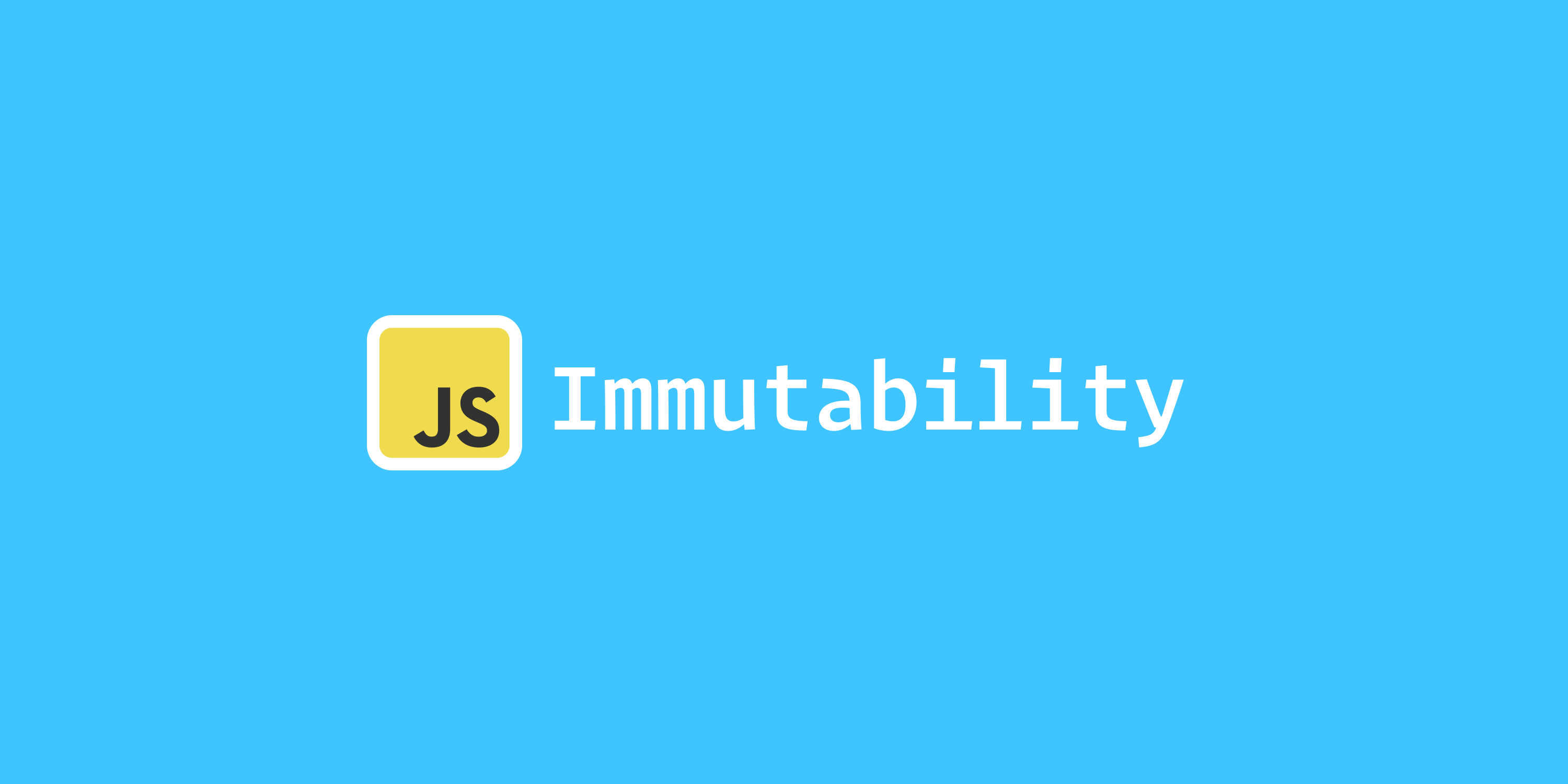Top 10 Amazing Purposes Token Bridging Serves In The NFT Ecosystem

The Non-Fungible Token (NFT) ecosystem has witnessed explosive growth and transformative impact on various industries, reshaping how we perceive and trade digital assets. NFTs are unique cryptographic tokens representing ownership or proof of authenticity of specific digital or physical items on a blockchain. Here’s an overview of the token bridging and the NFT ecosystem.
Key Components of the NFT ecosystem
1. Creation and Minting Platforms:
-
They are created and minted on specialized platforms that facilitate the unique tokenization of digital content. Popular platforms include Ethereum-based ones like OpenSea, Rarible, and Mintable, as well as those on other blockchains like Solana (Magic Eden, Solanart), Binance Smart Chain (BakerySwap), and Flow (NBA Top Shot).
2. Digital Art and Collectibles:
-
It has revolutionized the art world, providing artists with a new way to monetize and share their work directly with a global audience. Digital art platforms like SuperRare and Foundation enable artists to tokenize their creations, allowing buyers to own and trade unique digital art pieces. Traditional collectibles are also entering the digital realm, with companies like Top Shot turning sports highlights into collectibles.
3. Gaming and Virtual Assets:
-
NFTs play a pivotal role in the gaming industry, allowing players to truly own in-game assets. Blockchain-based games like Axie Infinity, Decentraland, and Cryptokitties utilize its to represent unique characters, virtual real estate, and items. Players can buy, sell, and trade these assets both within and outside the game ecosystem.
4. Music and Royalties:
-
Musicians and content creators are exploring NFTs to tokenize music and unlock new revenue streams. NFTs can represent ownership of music albums, concert tickets, or unique experiences. Additionally, smart contracts embedded in NFTs enable artists to receive royalties directly, ensuring a more transparent and fair compensation model.
5. Virtual Real Estate and Metaverses:
-
Its extend beyond digital art and gaming to include virtual real estate. Platforms like Decentraland and The Sandbox offer users the ability to buy, sell, and develop virtual land, creating immersive metaverse experiences. Virtual real estate transactions are conducted using NFTs, providing users with true ownership of their virtual properties.
6. Domain Names and Blockchain Identity:
-
NFTs are also used to represent ownership of domain names on blockchain-based platforms like Unstoppable Domains. These NFTs provide decentralized and censorship-resistant control over domain names. Furthermore, NFTs are exploring applications in blockchain-based identity systems, enhancing security and privacy.
-
7. Social Tokens and Community Engagement:
-
Content creators and influencers are exploring the concept of social tokens, which represent ownership or access to specific communities or content. it can be tied to these social tokens, creating unique membership experiences and enhancing community engagement.
8. Environmental Considerations:
-
The environmental impact of NFTs, particularly on platforms using Proof of Work (PoW) consensus mechanisms like Ethereum, has been a subject of discussion. Some projects are exploring environmentally friendly alternatives, such as those on Proof of Stake (PoS) blockchains like Flow.
9. Challenges and Opportunities:
-
While the ecosystem has seen immense success, challenges such as copyright concerns, market saturation, and environmental issues require careful consideration. The industry is also presented with opportunities to enhance interoperability, establish standards, and further integrate NFTs into traditional business models.
10. Future Trends:
-
The NFT ecosystem is continually evolving, with emerging trends including dynamic and programmable, increased integration with decentralized finance (DeFi), and the exploration in the fields of education, healthcare, and more. The industry’s future will likely see further innovation and adoption across diverse sectors.
Also, read- What Are NFTs: Non-Fungible Tokens and Their Impact on Digital Assets
Importance of the NFT ecosystem

The (Non-Fungible Token) ecosystem holds significant importance across various industries, bringing about transformative changes and unlocking new opportunities for creators, consumers, and businesses. Here are key aspects highlighting the importance of the NFT ecosystem:
- Digital Ownership and Authenticity:
- NFTs enable digital ownership and provenance, providing a secure and transparent way to verify the authenticity of digital assets. This is crucial in combating digital piracy and ensuring that creators receive recognition and compensation for their work.
- Monetization for Creators:
- Artists, musicians, writers, and content creators can monetize their digital creations directly through NFTs. This decentralized model allows creators to connect with a global audience, receive fair compensation, and retain more control over their intellectual property.
- Decentralization and Empowerment:
- NFTs operate on decentralized blockchain platforms, reducing the reliance on centralized intermediaries. This decentralization empowers creators and users by providing a direct peer-to-peer marketplace, reducing fees, and enhancing transparency in transactions.
- New Revenue Streams:
- The NFT ecosystem introduces new revenue streams for various industries. Musicians can earn royalties, gamers can trade virtual assets, and content creators can explore unique monetization models. NFTs open up avenues for income beyond traditional models.
- Innovation in Gaming:
- Its revolutionizing the gaming industry by allowing players to own, trade, and sell in-game assets. This ownership of virtual items provides a new layer of engagement and value within games, creating a novel gaming economy.
- Tokenization of Real-World Assets:
- Beyond digital assets, its are being explored for tokenizing real-world assets such as real estate, luxury items, and even shares in physical artworks. This tokenization process enhances liquidity and accessibility to traditionally illiquid assets.
- Community Engagement and Social Tokens:
- Its, particularly those associated with social tokens, foster community engagement. Content creators can create unique experiences for their supporters, enhancing the sense of belonging and community involvement.
- Cultural Impact and Digital Collectibles:
- Its have had a profound impact on popular culture, creating a new form of digital collectibles. Rare digital assets and iconic moments are immortalized on the blockchain, influencing the way we perceive and collect cultural artifacts.
- Blockchain Adoption and Education:
- The ecosystem contributes to wider blockchain adoption by attracting users to decentralized applications and cryptocurrencies. This increased interest provides an opportunity for educating the public about blockchain technology and its potential applications.
- Interoperability and Collaboration:
- The ecosystem encourages interoperability and collaboration between different blockchain platforms. This cross-chain collaboration allows users and creators to explore diverse ecosystems, fostering innovation and expanding the reach of NFTs.
- Environmental Considerations and Innovation:
- The environmental impact of NFTs has prompted discussions and innovations focused on creating more sustainable solutions. Some blockchains are exploring energy-efficient consensus mechanisms, contributing to environmental consciousness within the blockchain space.
MODE AIRDROP 1 – Claim Your Points@modenetwork launched mainnet along with a points system, introducing an airdrop of 550 million $MODE tokens, (5.5% of the total supply).
— Alpha Drops (@myAlphaDrops) January 31, 2024
Earning points is based on past on-chain activity, bridging assets, inviting friends, using ecosystem… pic.twitter.com/tyOWCKQKrr
What is Token bridging?

Token bridging refers to the process of enabling the transfer of tokens or assets between different blockchain networks. As the blockchain ecosystem consists of various platforms with their native tokens and unique features, token bridging acts as a mechanism to facilitate interoperability and the seamless movement of assets across these disparate networks.
The need for token bridging arises from the existence of siloed blockchains, each with its own set of smart contracts, consensus mechanisms, and token standards. Token bridging solutions aim to overcome these limitations, allowing users to transfer their assets from one blockchain to another, thus promoting cross-chain compatibility and expanding the utility of tokens.
The process typically involves the creation of a bridge or a smart contract on each participating blockchain. These smart contracts lock the tokens on one blockchain while issuing equivalent tokens on the destination blockchain, ensuring a pegged or one-to-one relationship between the tokens. The bridge acts as a secure intermediary, and the entire process is often governed by decentralized oracles that provide real-time information about the token balances on both blockchains.
Token bridging serves several important purposes in the blockchain ecosystem:
- Interoperability: Token bridging enhances interoperability between different blockchain networks, allowing users to move their assets seamlessly across platforms.
- Asset Portability: Users can leverage token bridging to move their assets from one blockchain to another, taking advantage of specific features or functionalities offered by different networks.
- DeFi Liquidity: In decentralized finance (DeFi), token bridging plays a crucial role in connecting liquidity pools and decentralized exchanges across multiple blockchains, fostering a more interconnected and efficient DeFi ecosystem.
- Cross-Chain Collaboration: Token bridging facilitates collaboration and partnerships between projects and platforms operating on different blockchains, enabling them to share assets and resources.
- Expanded Use Cases: Bridging tokens opens up new use cases for assets, as they can be utilized in various decentralized applications and ecosystems beyond their native blockchain.
- Reduced Dependence: Users are not confined to a single blockchain, reducing dependence on the limitations and constraints of a particular network.
Several blockchain projects and protocols provide token-bridging solutions, utilizing technologies such as wrapped tokens, cross-chain communication protocols, and decentralized oracles. Examples include projects like Wrapped Bitcoin (WBTC) bridged from Bitcoin to the Ethereum network or the Interledger Protocol (ILP) designed for connecting different blockchain networks.
What is Token Bridging in the NFT ecosystem?

Token bridging in the Non-Fungible Token ecosystem refers to the process of facilitating the movement of (non-fungible tokens) between different blockchain networks. This mechanism is crucial for ensuring interoperability and enabling users to transfer or use it across various blockchain platforms.
In this context, different blockchains may have their own standards, specifications, and ecosystems for creating, minting, and trading. Token bridging addresses the challenge of siloed on separate blockchains, allowing users to bridge or transfer their NFTs seamlessly from one blockchain to another.
The token bridging process generally involves the following steps:
- Bridge Smart Contracts: Smart contracts are deployed on the source and destination blockchains. These smart contracts are responsible for locking the source blockchain and issuing equivalents on the destination blockchain.
- Pegging and Oracles: The bridge utilizes pegged assets or oracles to ensure a synchronized pegging of the NFTs’ value between the two blockchains. Oracles provide real-time information about the state of ownership on both blockchains.
- Locking and Minting: Users initiate the process by locking on the source blockchain, indicating their intent to bridge the tokens. The corresponding NFTs are then minted on the destination blockchain, maintaining a correlation in ownership and value.
- Verification and Security: The bridging process includes verification mechanisms to ensure the integrity and security of the transferred NFTs. This often involves decentralized consensus or verification by validators to prevent double-spending and other potential issues.
 Token bridging serves several crucial purposes in the NFT (Non-Fungible Token) ecosystem, facilitating interoperability, liquidity, accessibility, and innovation. Here are the top 10 purposes token bridging serves:
Token bridging serves several crucial purposes in the NFT (Non-Fungible Token) ecosystem, facilitating interoperability, liquidity, accessibility, and innovation. Here are the top 10 purposes token bridging serves:
-
Interoperability: Token bridging enables seamless communication and transfer of assets between different blockchain networks. This interoperability allows NFTs issued on one blockchain platform to be utilized on another, expanding their utility and reach.
-
Cross-Chain Transactions: By bridging tokens between different blockchain networks, users can conduct cross-chain transactions, unlocking new possibilities for trading, lending, borrowing, and other financial activities across disparate blockchain ecosystems.
-
Market Access: Token bridging provides users with broader access to markets by allowing them to bring NFTs from one blockchain to another where there may be more liquidity, demand, or specific functionalities not available on the original chain.
-
Risk Mitigation: Bridging tokens can help mitigate risks associated with single-network dependence. If there are issues or congestion on one blockchain, users can migrate their NFT assets to another blockchain through token bridging to avoid disruptions or losses.
-
Scalability: Bridging tokens to layer 2 solutions or other blockchains can alleviate scalability concerns, as it offloads transactions from the main chain, enabling faster and cheaper transactions while maintaining the security of the assets.
-
Diversification: Token bridging enables diversification of asset holdings across multiple blockchain networks, spreading risk and enhancing portfolio resilience. Users can explore opportunities in different ecosystems without being limited by the constraints of a single blockchain.
-
Interoperable Applications: Bridging tokens fosters the development of interoperable applications and services that can leverage NFTs from multiple blockchains. This interoperability encourages innovation by enabling developers to build cross-chain dApps, games, and marketplaces.
-
Arbitrage Opportunities: Bridging tokens creates arbitrage opportunities between different blockchain networks, where users can exploit price differentials or inefficiencies in markets to generate profits by buying low on one chain and selling high on another.
-
Decentralized Finance (DeFi) Integration: Bridging tokens facilitates the integration of NFTs into decentralized finance protocols and platforms across various blockchains. This integration opens up new avenues for NFT holders to participate in lending, borrowing, liquidity provision, and other DeFi activities.
-
Community Expansion: Token bridging fosters the growth of vibrant and interconnected NFT communities by enabling seamless interaction and collaboration across different blockchain networks. This expansion of communities enhances the diversity, creativity, and inclusivity of the NFT ecosystem.
In summary, token bridging plays a pivotal role in the NFT ecosystem by enhancing interoperability, liquidity, accessibility, and innovation, ultimately empowering users with greater flexibility and opportunities in the decentralized digital asset space.
Conclusion
In conclusion, token bridging within the ecosystem plays a pivotal role in enhancing the flexibility and interoperability of non-fungible tokens across different blockchain networks. This mechanism addresses the challenges of siloed NFTs by allowing users to seamlessly transfer their digital assets between disparate platforms.
The process of token bridging involves the deployment of smart contracts on both the source and destination blockchains, facilitating the secure locking of NFTs on one blockchain and the issuance of equivalent tokens on another. Pegged assets and decentralized oracles contribute to maintaining value synchronization between both blockchains.
Token bridging brings about several benefits to the NFT ecosystem, including cross-chain trading, access to diverse blockchain ecosystems, collaboration opportunities, and reduced dependence on a single network. NFT holders can explore and engage with different platforms, applications, and communities, contributing to a more interconnected and versatile landscape.
As the space continues to evolve, token-bridging mechanisms are expected to play a crucial role in shaping the future of digital asset ownership and trading. Projects and protocols focused on NFT interoperability contribute to the growth and maturity of the overall NFT ecosystem, fostering innovation, collaboration, and expanding opportunities for NFT creators and collectors. In this dynamic landscape, token bridging remains an essential component for creating a more connected and accessible NFT experience across blockchain networks.




























































